In today’s fast-paced digital landscape, 5G connectivity is more than just the next step in wireless innovation—it’s a revolution set to transform how we live, work, and connect. Let’s explore how this breakthrough technology is shaping the future of communication and technology.
The Dawn of a New Era
Imagine downloading a full HD movie in seconds or enabling life-saving remote surgeries with ultra-low latency connections. This is the promise of 5G networks—a technological leap that surpasses all previous wireless generations. According to Ericsson, 5G subscriptions are expected to reach 3.5 billion by 2026, making it the fastest adoption of any mobile technology in history.
1. What Makes 5G Different?
5G connectivity is revolutionizing the wireless industry with several key features that differentiate it from its predecessors, particularly 4G.
- Lightning-Fast Speeds: 5G can reach speeds of up to 10 Gbps, nearly 100 times faster than 4G. This dramatic increase in speed facilitates smooth streaming, quick downloads, and seamless gaming experiences. These speeds enable innovations in augmented reality (AR) and virtual reality (VR) applications, crucial for sectors like entertainment, education, and remote work.
- Low Latency: 5G significantly reduces latency to under 1 millisecond. This near-instantaneous communication is vital for applications that require real-time responses, such as autonomous vehicles, telemedicine, and smart manufacturing systems.
- Massive Connectivity: 5G can support up to 1 million devices per square kilometer, making it a perfect fit for the rapid growth of the Internet of Things (IoT). This capacity will enable more connected devices in urban areas, enhancing smart city features and industrial automation.
These advancements are fundamental to the digital transformation, enabling innovative applications across various industries.
2. Transforming Industries with 5G Connectivity
5G connectivity is catalyzing digital transformation across various industries, enabling innovations that were previously unimaginable. With its ultra-fast speeds, low latency, and massive device connectivity, 5G is creating new opportunities for businesses and consumers alike.
- Healthcare:
- Remote surgeries are now possible with high-precision robotics, where the surgeon’s commands are transmitted in real time with minimal delay.
- Enhanced telemedicine services leverage 5G’s low latency to provide real-time diagnostics and remote consultations, improving healthcare accessibility.
- Automotive:
- Autonomous vehicles are benefiting from faster Vehicle-to-Everything (V2X) communication, enabling smoother traffic management and safer driving with real-time data exchange between vehicles and infrastructure.
- Autonomous vehicles are benefiting from faster Vehicle-to-Everything (V2X) communication, enabling smoother traffic management and safer driving with real-time data exchange between vehicles and infrastructure.
- Entertainment:
- 5G is revolutionizing entertainment with seamless 8K streaming, enabling ultra-high-definition content without buffering delays.
- Augmented reality (AR) experiences are enhanced by the high-speed and low-latency characteristics of 5G, providing users with immersive, real-time interactions.
As industries harness the power of 5G, the impact on productivity and innovation will continue to accelerate, opening new avenues for growth. The global 5G market is expected to reach $667 billion by 2026.
3. Overcoming Challenges
Despite its potential, 5G connectivity faces several hurdles that must be addressed for widespread adoption and seamless implementation:
- Infrastructure: The deployment of millimeter-wave (mmWave) technology, which offers high-speed connectivity, is still limited in rural areas due to the cost and complexity of building the necessary infrastructure. Expanding coverage in less densely populated regions remains a significant challenge.
- Cost: 5G-enabled devices and smartphones are currently 25–30% more expensive than their 4G counterparts, which may delay consumer adoption, especially in cost-sensitive markets.
- Consumer Awareness: A 2020 survey revealed that only 26% of users believed 5G is significantly faster than 4G, indicating a need for greater consumer education and awareness about the technology’s benefits.
These challenges, while substantial, are not insurmountable, and ongoing advancements in connectivity infrastructure and pricing will drive future growth.
4. Global Adoption Trends: Shaping the 5G Future
The global adoption of 5G connectivity is progressing at different rates across regions, shaped by local infrastructure, regulatory policies, and economic factors:
- China: Leading the world in 5G deployment, China has established over 650,000 5G base stations, making it a key player in the global wireless revolution. The country’s aggressive investment in 5G technology is positioning it to dominate the IoT and digital transformation landscape.
- Europe: Adoption is slower due to complex regulatory challenges and fragmented market conditions. Many European countries are still working through issues related to spectrum allocation and the rollout of necessary infrastructure.
- United States: Major telecom providers in the U.S. aim to cover 250 million users by 2024. With large investments from industry giants like Verizon and AT&T, the country is poised to accelerate 5G deployment and capitalize on IoT expansion and digital transformation.
These global trends highlight the varying speeds of 5G adoption, with economic powerhouses leading the way while others navigate regulatory hurdles. The rapid expansion of 5G in these regions signals a future where digital transformation will be highly interconnected.
7 Game-Changing Innovations in 5G Connectivity
The wireless revolution driven by 5G connectivity is fundamentally transforming industries, enabling unprecedented advancements in technology and communication. Here are seven pivotal innovations:
1. IoT Expansion: Driving Smart Ecosystems
5G connectivity is a pivotal driver of IoT expansion, offering ultra-low latency, high capacity, and the ability to connect millions of devices simultaneously. This has transformed various sectors by enabling the development of interconnected, intelligent systems, contributing significantly to the digital transformation. Key innovations include:
- Smart Cities: 5G enhances urban living by supporting intelligent infrastructure, such as real-time traffic management, waste management systems, and smart street lighting. Cities are becoming more efficient, reducing costs and energy consumption while improving quality of life.
- Industrial IoT: The manufacturing sector benefits from the ability to implement autonomous robots, predictive maintenance systems, and real-time data analysis, improving efficiency and reducing downtime. Smart factories, powered by 5G, can communicate and adapt faster than ever before.
- Healthcare Applications: Remote patient monitoring, telemedicine, and wearable health devices powered by 5G connectivity are enhancing healthcare accessibility and efficiency. 5G enables real-time data transmission, which is critical for life-saving applications like remote surgeries or heart rate monitoring.
By 2030, the global IoT market is expected to surpass $1.5 trillion, driven by the adoption of 5G networks. With millions of devices communicating seamlessly, the IoT ecosystem will continue to grow exponentially, transforming industries and our daily lives. The pace of adoption will also result in rapid advancements in machine-to-machine communication and artificial intelligence.
5G’s role in the IoT revolution is fundamental, reshaping industries and setting the stage for the next wave of technological progress.
2. Immersive AR and VR Experiences
The advent of 5G connectivity is a game-changer for Augmented Reality (AR) and Virtual Reality (VR), providing the high-speed, low-latency network required for fully immersive experiences. This wireless revolution is transforming sectors such as entertainment, education, and retail by enabling real-time interactions and enhancing user engagement. Key advancements in AR and VR with 5G include:
Training Simulations
- Aviation and Healthcare: VR-based training is revolutionizing industries by offering realistic simulations. For example, aviation training allows pilots to experience flight scenarios without the risks of real-world conditions, while medical professionals can practice surgeries virtually, ensuring higher safety and skill levels.
- Manufacturing: AR applications assist in training assembly line workers by overlaying digital instructions on real-world machinery, enhancing skills in a low-risk environment.
Entertainment and Gaming
- Real-time Gaming: 5G’s ultra-low latency enables real-time multiplayer gaming with high-quality graphics, offering immersive environments that previously required complex hardware. It opens the door to cloud gaming, where heavy processing is handled remotely.
- Immersive Storytelling and Sports Broadcasting: Sports fans can experience live events from multiple angles or in 360-degree views, blurring the line between reality and digital content. The entertainment industry will see a significant boost in immersive movie watching and interactive storytelling.
E-commerce
- Virtual Shopping: With AR, customers can virtually try on clothing, accessories, or even visualize furniture in their homes before making a purchase. This enhances the shopping experience, reducing returns and improving satisfaction.
The AR/VR market was valued at $31 billion in 2022, and projections suggest it will experience exponential growth, particularly with 5G’s role in delivering seamless, immersive experiences. By 2025, the AR/VR market could surpass $100 billion, as industries leverage connectivity advancements to create innovative solutions.
3. Edge Computing: Real-Time Data Processing
5G connectivity plays a critical role in the evolution of edge computing, enabling real-time data processing at the network’s edge, closer to where data is generated. This reduces latency, improves processing speed, and provides immediate insights, which is vital for numerous high-demand applications.
- Autonomous Vehicles: Edge computing powered by 5G allows autonomous vehicles to make decisions in real-time. These vehicles need instant data processing for navigation, obstacle detection, and route optimization. With 5G’s low latency, autonomous systems can reduce the risks associated with delayed decision-making, ensuring safer and faster operations.
- Remote Operations: 5G’s ability to handle massive data streams in real-time makes it invaluable for remote operations, including robotic surgeries, offshore oil rig monitoring, and disaster response scenarios. In healthcare, for example, 5G allows surgeons to remotely operate on patients with near-zero latency, which is crucial for precision and patient safety.
- Smart Retail: In the retail sector, edge computing enables real-time data analysis, facilitating personalized customer experiences, dynamic pricing, and automated inventory management. With 5G, retailers can quickly analyze consumer behavior, adjust stock levels, and provide customized offerings.
The distributed nature of edge computing reduces reliance on centralized cloud servers, making it a cost-effective solution for latency-sensitive applications. According to a report from MarketsandMarkets, the global edge computing market is expected to grow from $3.5 billion in 2020 to $15.7 billion by 2025, propelled by 5G’s connectivity advancements and the increasing need for real-time data processing.
As edge computing evolves, 5G will continue to be a driving force, empowering industries to achieve faster, more efficient operations with minimal delays.
4. Enhanced Mobile Broadband (eMBB)
Enhanced Mobile Broadband (eMBB) is a key feature of 5G connectivity that significantly enhances user experiences by providing faster, more reliable data speeds. This upgrade enables a variety of applications and services, revolutionizing digital content consumption and connectivity in numerous sectors. Key advancements include:
4K/8K Streaming:
5G enables smooth, high-definition video streaming, including 4K and even 8K content, without buffering or interruptions. With download speeds up to 10 times faster than 4G, users can enjoy immersive media experiences, transforming entertainment consumption. For instance, 5G’s ultra-fast speeds allow users to stream ultra-high-definition content on mobile devices and home networks seamlessly.
Remote Work:
As the digital workplace expands, reliable, high-speed internet is essential for tasks such as video conferencing, file sharing, and cloud collaboration. 5G’s enhanced bandwidth supports remote work by offering fast and stable connections, even in high-demand environments. This capability becomes particularly crucial as businesses continue to adopt hybrid work models. The increased speed and low latency of 5G make remote collaboration more efficient, reducing interruptions and delays in video calls and file transfers.
Cloud Gaming:
With 5G, cloud gaming becomes a viable alternative to traditional gaming systems that require high-end hardware. It allows gamers to play graphically intense games on mobile devices or low-powered PCs without sacrificing performance. As a result, users can experience smoother gameplay with minimal latency, opening up a new era for mobile gaming and esports.
According to Qualcomm, 5G’s download speeds can reach up to 10 Gbps, which is a substantial increase over 4G’s 1 Gbps. This leap is transforming the digital landscape, enabling faster content access, enhanced productivity, and new entertainment possibilities. The wireless revolution enabled by 5G is unlocking new potential in mobile broadband applications, enhancing connectivity advancements across the globe.
5. Network Slicing: Customized Connectivity
One of the most powerful features of 5G connectivity is its ability to enable network slicing, a technology that allows multiple virtual networks to operate on a single physical infrastructure. This capability is transforming industries by providing customized connectivity that meets the specific needs of different applications. Through network slicing, operators can deliver tailor-made networks with varied performance characteristics, such as bandwidth, latency, and reliability, depending on the use case. Key applications include:
- Healthcare: 5G network slicing ensures low-latency, high-reliability connectivity, essential for mission-critical healthcare applications such as telemedicine and robotic surgeries. By allocating dedicated network slices for healthcare services, providers can offer reliable and uninterrupted services, improving patient outcomes and supporting innovations in digital health.
- Manufacturing: The manufacturing sector relies heavily on IoT-enabled machines and automated systems. With 5G’s network slicing, dedicated slices can be created for smart factories, ensuring that critical devices and systems have the necessary bandwidth and minimal latency for real-time operations. This results in optimized production lines, fewer disruptions, and increased operational efficiency.
- Smart Grids: In the energy sector, network slicing supports the creation of virtual networks for smart grids, enabling efficient energy distribution and real-time monitoring. This results in optimized energy consumption, better load management, and enhanced grid resilience.
By allowing 5G network slicing, industries can unlock greater efficiency and flexibility, ensuring that each vertical gets the precise connectivity it needs without compromising on performance. With its projected global adoption of network slicing by 2025, this innovation is expected to revolutionize various sectors, driving further digital transformation.
In the future, the integration of 5G with network slicing will continue to enhance connectivity advancements across industries, allowing for more efficient use of resources and enabling next-generation technologies.
6. Ultra-Reliable Low Latency Communications (URLLC)
Ultra-Reliable Low Latency Communications (URLLC) is one of the standout features of 5G connectivity, enabling applications that require near-instantaneous response times and flawless reliability. With URLLC, the delay in communication can be reduced to as little as 1 millisecond, making it a transformative technology for several high-stakes industries. Key areas where URLLC is making a significant impact include:
- Emergency Services: During crises, such as natural disasters or medical emergencies, 5G URLLC enables real-time communication between emergency responders, improving response times and coordination. This technology allows for immediate dispatch of medical teams, ambulances, and emergency support services with a level of precision previously unattainable.
- Remote Robotic Control: In hazardous environments, such as nuclear plants, mining operations, or offshore oil rigs, 5G URLLC allows for the control of robots remotely. These robots can perform precise operations with minimal latency, ensuring safety for human workers while maximizing operational efficiency.
- Autonomous Transport: 5G connectivity plays a crucial role in the safe operation of autonomous vehicles. With ultra-low latency, vehicles can communicate with each other and their environment, enabling real-time decision-making for collision avoidance, route optimization, and navigation, essential for the development of fully autonomous transport systems.
By 2025, URLLC is expected to dominate critical sectors like healthcare, transportation, and defense, where milliseconds can make a significant difference in outcomes. This is driving massive investment and innovation in 5G technology, which will continue to fuel the wireless revolution.
7. Massive Machine-Type Communications (mMTC)
5G connectivity introduces a game-changing capability known as Massive Machine-Type Communications (mMTC). This is a critical component for supporting the immense number of devices required to scale IoT solutions across various sectors. With its ability to connect up to 1 million devices per square kilometer, 5G significantly outperforms previous wireless technologies, enabling transformative advancements in numerous industries.
Key Applications of mMTC in 5G Connectivity
- Agriculture: 5G’s mMTC facilitates precision farming through the use of sensors that monitor soil conditions, track crop health, and automate irrigation systems. This enables smarter, more sustainable farming practices, leading to increased productivity and reduced resource waste.
- Smart Homes: The growth of interconnected home appliances, such as smart thermostats, security cameras, and energy-efficient lighting, is enhanced by mMTC. These devices can communicate seamlessly, offering enhanced convenience, automation, and efficiency, ultimately reducing energy consumption and improving quality of life.
- Energy: Renewable energy systems, such as solar and wind farms, benefit from mMTC through remote monitoring and management. 5G allows for real-time optimization of energy output, ensuring these systems operate at peak efficiency and are more responsive to fluctuations in energy demand.
By 2030, the number of IoT devices connected via 5G is expected to surge, reaching up to 25 billion worldwide. mMTC will play a pivotal role in facilitating this growth, driving efficiencies and innovations across industries, and accelerating digital transformation. The expanded network capacity will allow industries to integrate and manage previously isolated devices, creating smarter ecosystems with real-time capabilities. 1 million devices per square kilometer is a significant leap over previous technologies.
5G is the linchpin of a digital transformation that touches every aspect of modern life. From enabling smart cities and enhancing healthcare to revolutionizing entertainment and industrial processes, the innovations brought by 5G connectivity herald a new era of limitless possibilities. As adoption accelerates, industries must adapt to fully leverage its potential and drive future growth.
Key Takeaways
- Enhanced Connectivity: A foundational pillar for IoT expansion and digital transformation.
- Broad Application: Revolutionizing industries from healthcare to gaming.
- Global Impact: Unlocking a new era of economic growth and innovation.
At a Glance
| Feature | 5G Capability | Impact |
|---|---|---|
| Speed | Up to 10 Gbps | Ultra-fast downloads/uploads |
| Latency | <1 ms | Real-time applications |
| Device Density | 1M devices/km² | IoT advancements |
FAQs
Q: What is the key difference between 4G and 5G?
A: 5G offers faster speeds, lower latency, and the capacity to support significantly more devices.
Q: Will 5G replace Wi-Fi?
A: Not entirely. 5G complements Wi-Fi by providing outdoor and mobile connectivity where Wi-Fi isn’t feasible.
Q: Is 5G safe?
A: Yes, extensive research and regulations ensure that 5G frequencies are safe for use.
Conclusion
The advent of 5G connectivity heralds an era of unparalleled possibilities. From transforming industries to improving everyday lives, its potential is limitless. As global adoption accelerates, we stand on the brink of a future defined by faster, smarter, and more connected technologies. The wireless revolution is here, and it’s just the beginning.

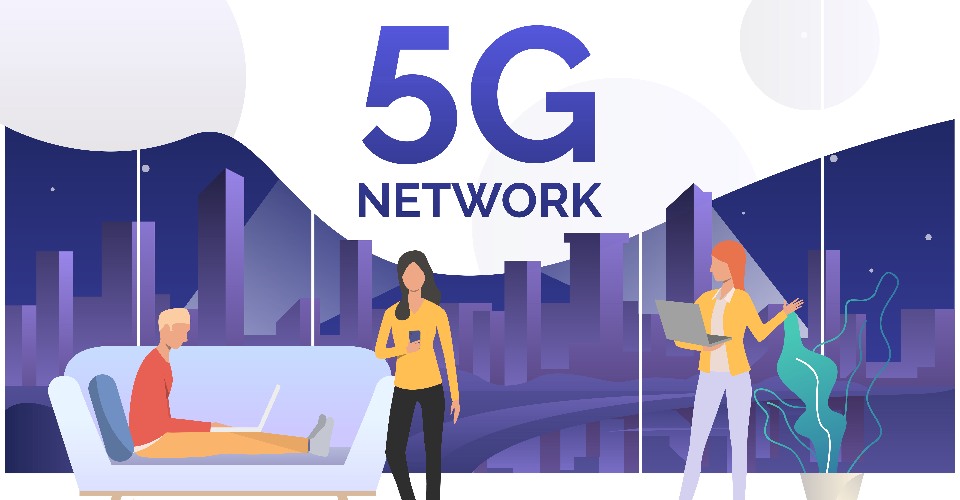


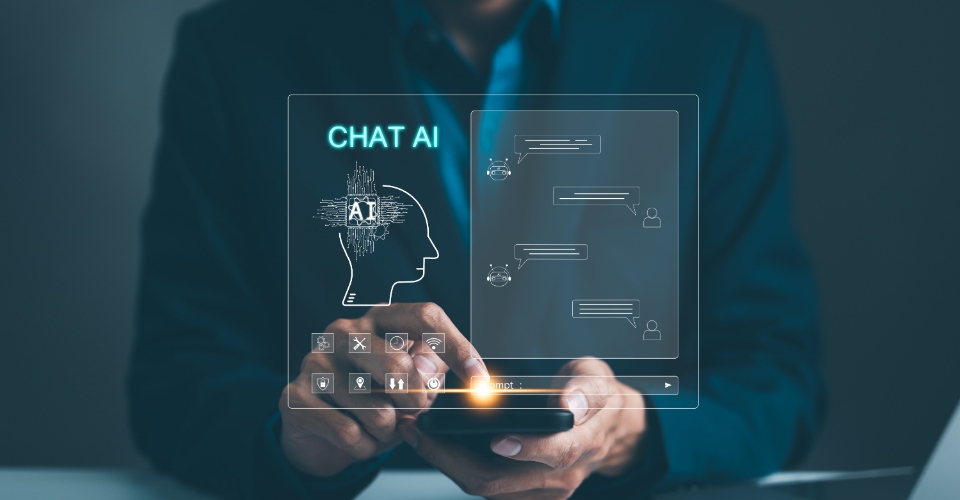

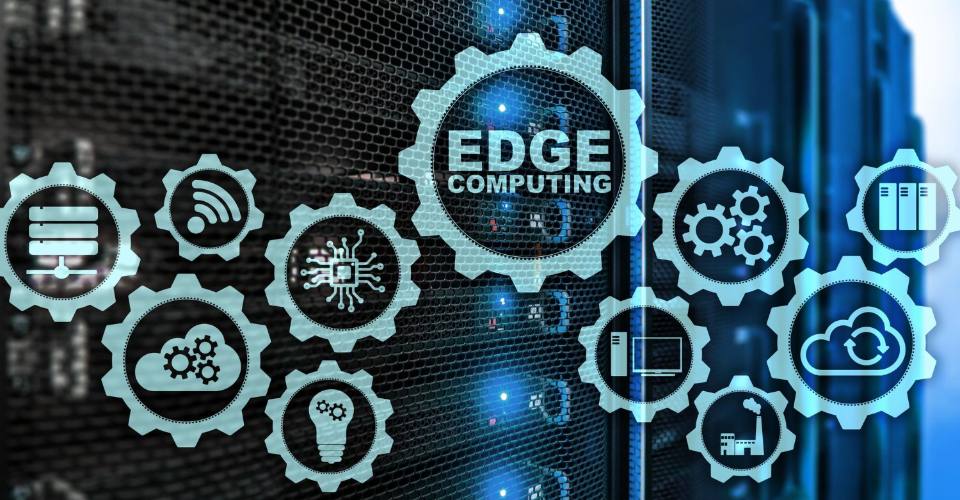
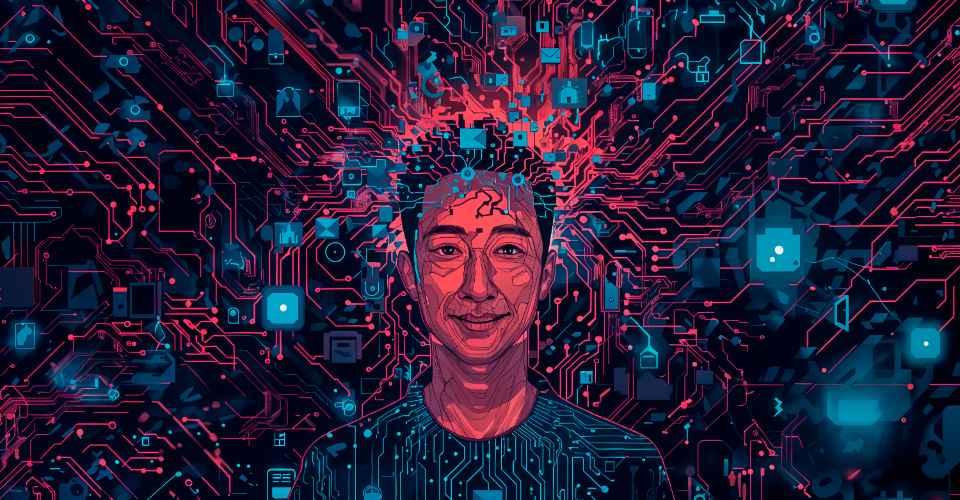
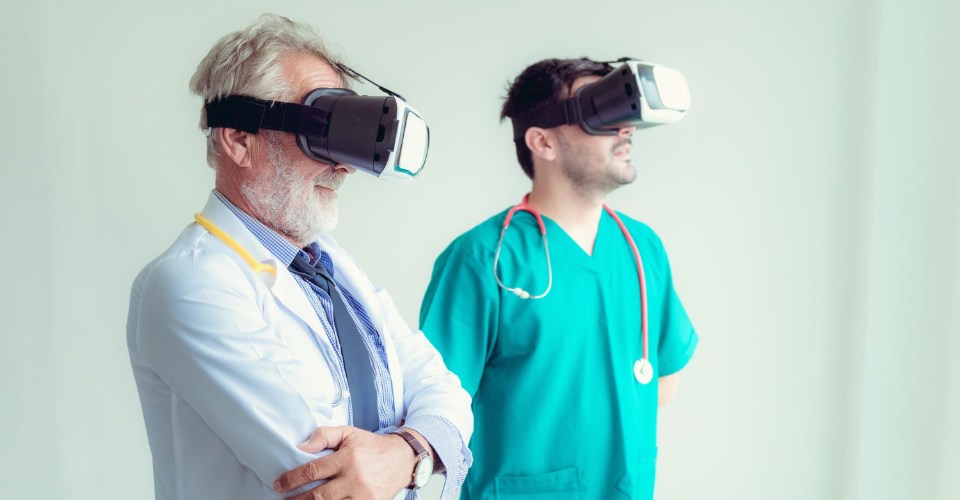
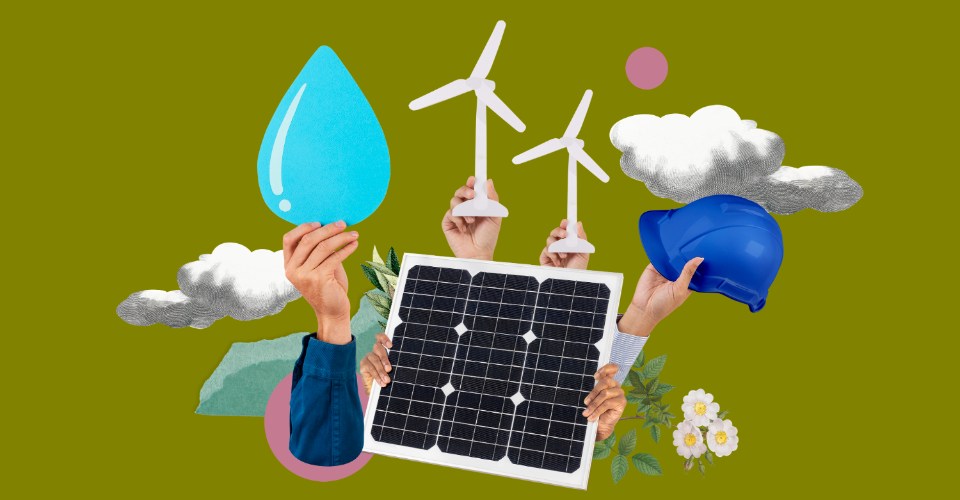
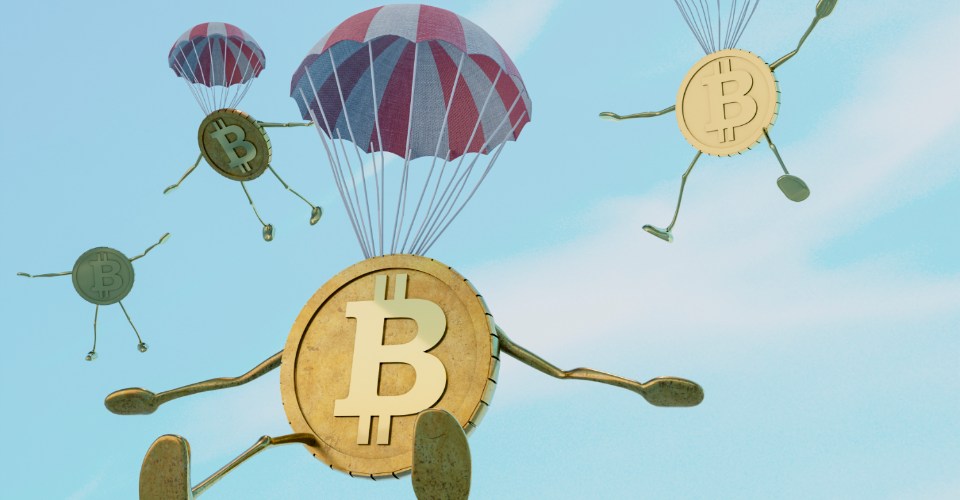
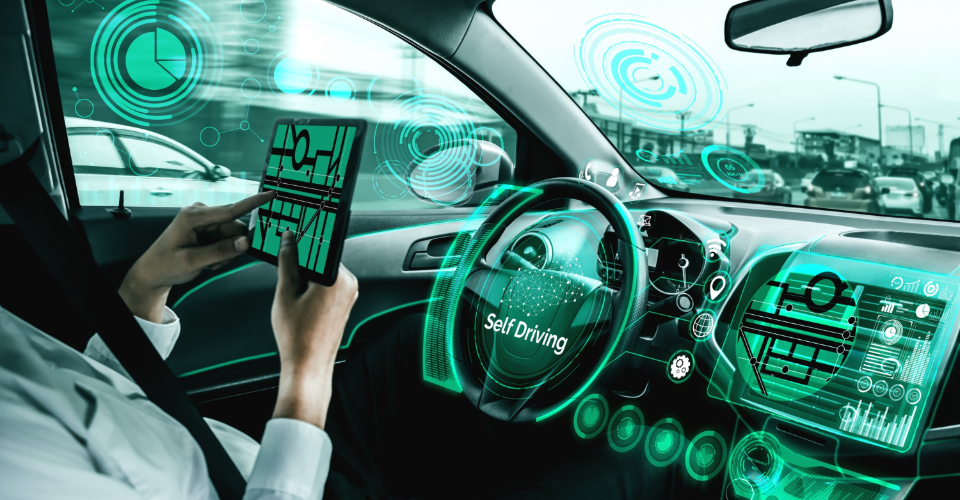

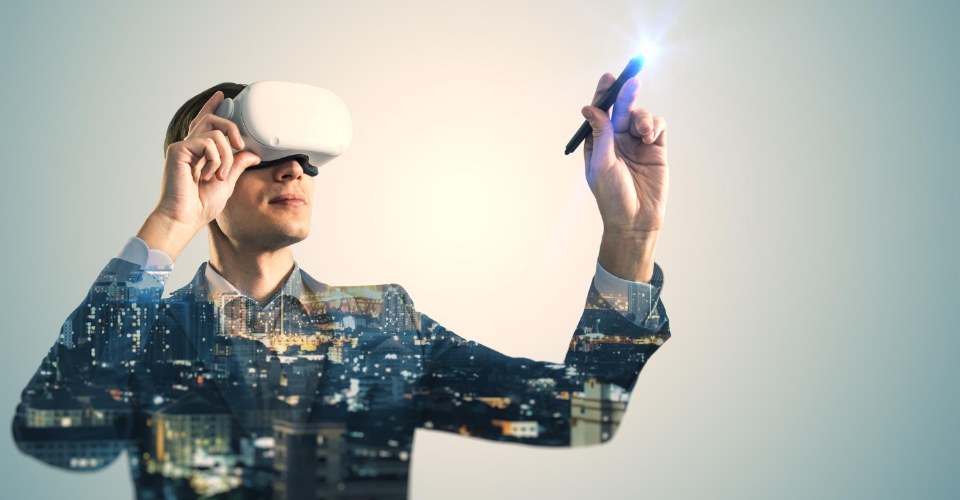



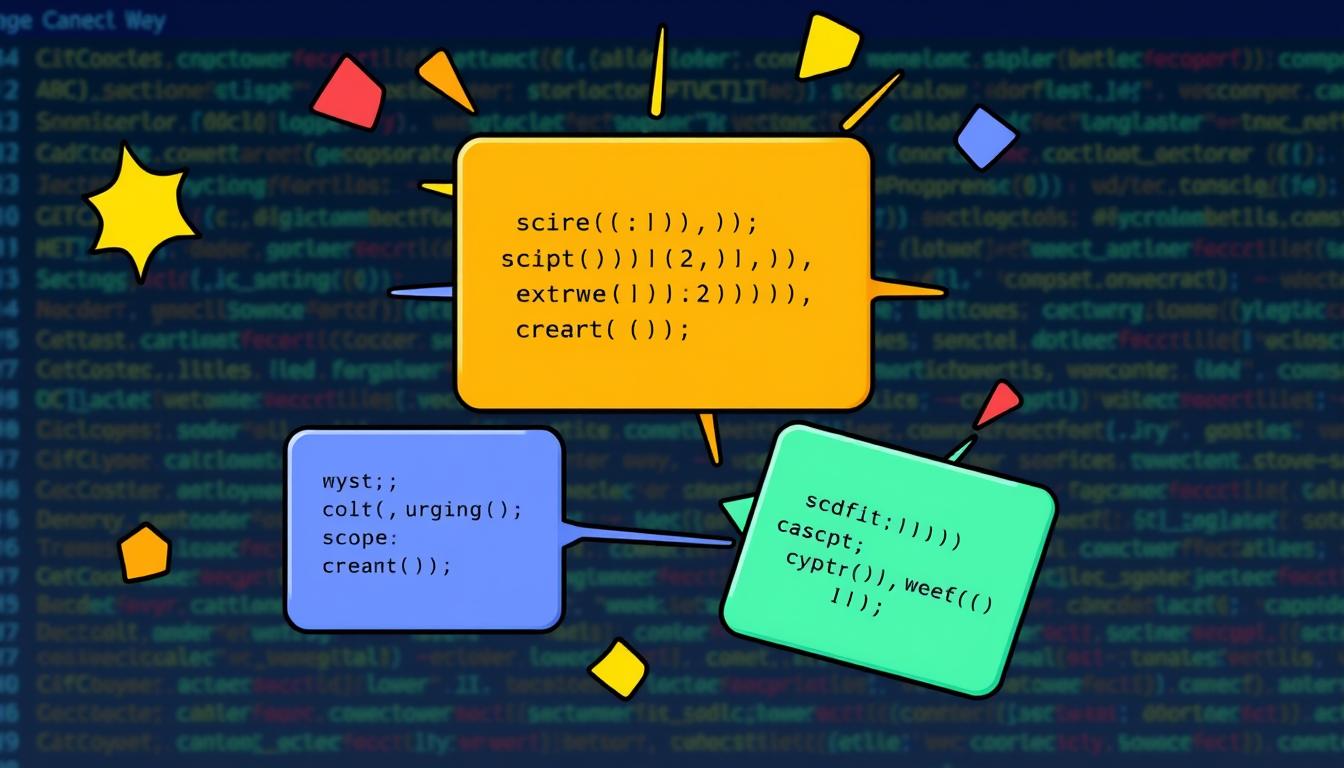

Leave a Reply